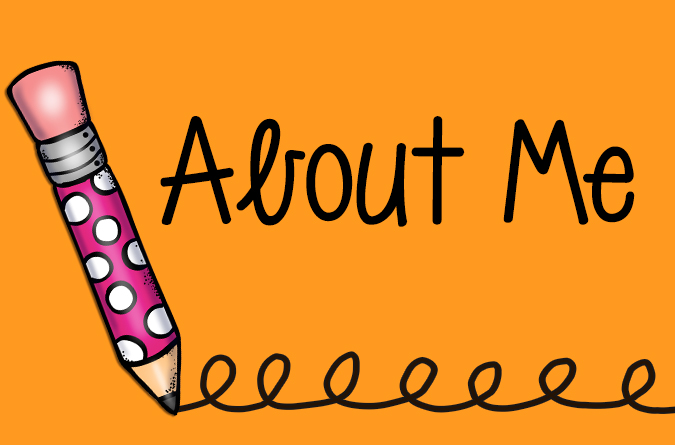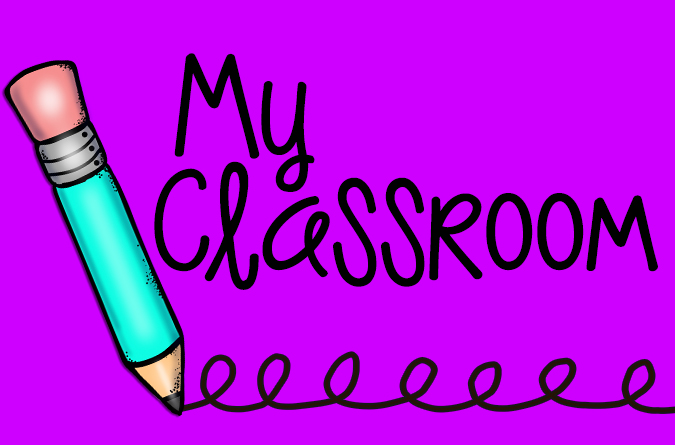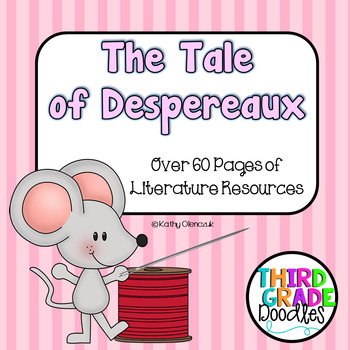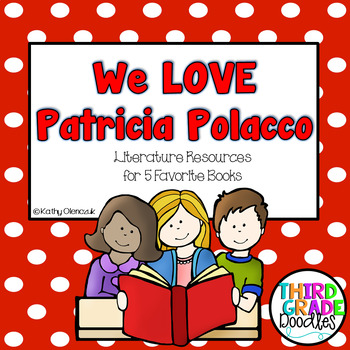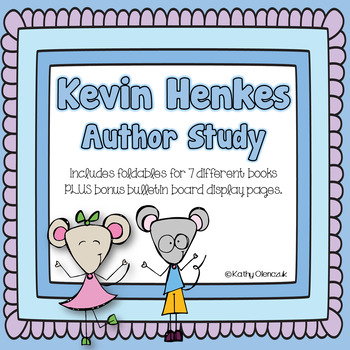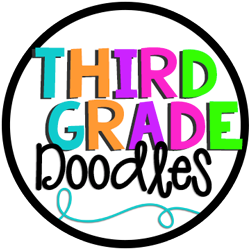"I'm done!" During the early weeks of Writer's Workshop, these cringe-worthy words echo through my classroom. "Really?" you think to yourself. "We're only about five minutes into our workshop!" Then I remember that every fall it's the same thing...my students have not yet built up a healthy stamina for writing. I take a deep breath and relax, because I know that in a few short weeks, they will be utilizing every moment of their writing time, and begging for more! How do I accomplish it? Here are some tips that have worked with even the most resistant writers...
1. Set a class goal and work daily to achieve it.
Decide how long you want your students to be able to write in the long-term. I usually expect my third graders to be able to write independently for 30 minutes (or longer) by the time workshop is in full swing. But I build up to that amount the same way I do for independent reading. I might start with five or ten minutes, but that usually depends upon the needs of my group. It is fun to celebrate each day by coloring in a chart that shows their progress, and looking forward to their goal for the next day. It is such a simple idea...but it really works!2. Create an atmosphere for writing
When you walk into my classroom during writer's workshop, you will notice that soft music is playing (usually the non-lyrical kind...research shows that is best) and you will hear the soft chatter of students working. Supplies are readily available including sharpened pencils, loose-leaf paper ready on shelves, writing folders loaded with student tools and strategies, a writing board that has topic ideas and other resources. The classroom becomes a cozy space that is safe for writers to create...to put their thoughts into words. I like to give students the choice of where to sit as well. This may not work for all students or teachers, but I found that when students can choose their writing spot....their writing stamina is much better. I know that as an adult writer...I am quite picky about my writing space. If I'm not comfortable....my stamina suffers.3. Allow for collaboration
I love a nice quiet classroom...I think most teachers do. But it's time to face the facts...the BEST learning happens when students collaborate. They need to TALK about their reading, their math thinking, and yes, their writing! When students share and talk about their writing with peers, magical things happen. They get topic ideas from one another, they offer friendly suggestions, they help with editing, they give compliments, and they lend a listening ear when the adults are too busy. There really is no end to the benefits when writers collaborate. I'll share a little secret too...when you allow students to talk during writing time....it makes it go by faster. Nothing will kill your students' writing stamina quicker than demanding that the classroom be silent.4. Chunk your writing time
If many of your students are struggling to write independently for 30 minutes or more, you might try building in short breaks. For example, Lucy Calkins has "mid-workshop teaching points", which are a great way to have students stop for a breather, while you offer them a tip to keep them going for another few minutes. Another idea is to stop and have a few students share what they are working on, which can help students who are stalled out to get their juices flowing again. I will often have students do their partner work in the middle of workshop instead of waiting until the end. This bit of collaboration is often just the little brain break that is needed to keep students writing for another 15 minutes or more.5. Warm up with quick-writes
A quick write is a set amount of time (5-15 minutes) that students will write without stopping. The idea is for students to write as much as they can without planning first. It is generally done to build writing fluency, but also helps with stamina. Once or twice per week I like to start writer's workshop with a quick write as a warm up. It is a great strategy for extra-squirrelly students (after a day of recess drama for example). I will give them a very general topic (winter fun, a scary time, my hero, etc.), set a timer and zip my lips while they write. You will be surprised at how much students love this...and they always want to share what they wrote, so choose a few volunteers to share or have them share with their partners. This quick writing warm-up will get your students focused on writing very quickly and really helps to extend their writing stamina throughout the rest of workshop time. (You can find some great Quick Write topics in my TPT store).6. Model strategies that writers use
All writers struggle with stamina....we have all spent time staring at the blank page or screen, wishing we were doing something else. As a writing teacher, I like to share with my students strategies that I have used to get back to the task at hand when I am distracted and just can't seem to write. If I find that my students are struggling with stamina, I will model these strategies as mini-lessons, within the context of whatever unit I am teaching. Some examples of these include:- Revisit a mentor text to get an idea for something I want to try in my writing
- Stretch - Fingers, arms, neck, etc.
- Focus on one tiny part of my writing piece and working to add descriptive words and details
- Take a break from a certain piece of writing to work on something different
- Sketch - a new writing idea, a part of a piece I'm struggling with, a character, etc.
- Share my story with my partner to get feedback, or read my partner's story
Well...my stamina is starting to dwindle...time for a coffee! I hope you find success with these strategies and hear your students singing, "What? Writing time is over already?!! I'm not done yet!!" Be sure to check out the other posts in this series: {Frustrating}Student Writing Problems and How to Solve Them.
If you enjoyed this post and would like more....you should BECOME A MEMBER. You will have the benefit of receive new posts via email...and I am known to send out little surprises to my followers to show my love and appreciation! You get this awesome free (and very cute) plan book just for signing up!
Love and peace,
If you enjoyed this post and would like more....you should BECOME A MEMBER. You will have the benefit of receive new posts via email...and I am known to send out little surprises to my followers to show my love and appreciation! You get this awesome free (and very cute) plan book just for signing up!
Love and peace,
 Love this post....pin it by clicking SAVE :
Love this post....pin it by clicking SAVE :
